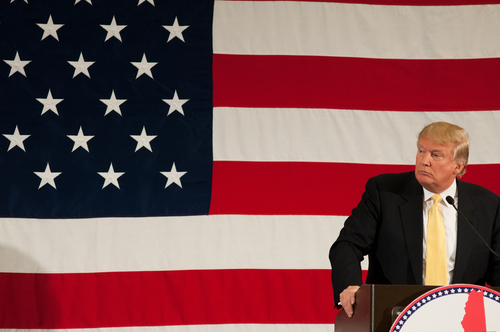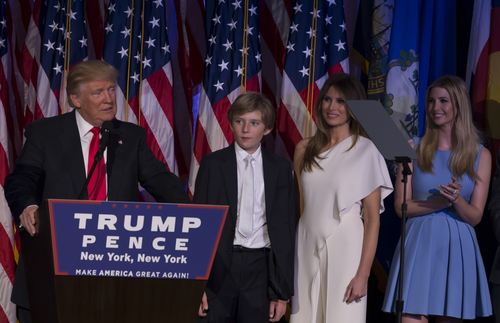The European Union’s regulation on conflict minerals including gold was agreed upon by all major entities of the EU, including the Commission, Council and Parliament at the end of November this year. While the regulation is not yet in place, it is expected to be formally agreed upon in the EU by early 2017.
Like any government reform, it will take time to see the impacts of the change, as adoption and enforcement will not take place overnight. However, news of this new regulation is of great importance to the markets it affects, including gold, as the EU is one of the world’s leading economies. When large-scale regulation such as this is set to go into effect, it can change the ways the market produces, imports, exports and manufactures.
What Does the Regulation Entail?
The European Union’s regulation on conflict minerals establishes preventative measures to ensure the financing of armed groups in developing countries that trade in tin, tantalum, tungsten, and gold does not occur at the expense or gain of European Union importers. The regulation will ensure sustainable sourcing for 95 percent of all European Union imports of tin, tantalum, tungsten, and gold.
Under this new regulation, which is set to be implemented Jan. 1, 2021, European Union smelters, refiners, and direct importers will be under obligation to conduct due diligence if they are conducting business in high-risk, conflict areas.
Similar to the regulations established in the U.S., companies that are conducting due diligence will be expected to adhere to the standard established in the initiative entitled OECD Diligence Guidance for Responsible Supply Chains of Minerals from Conflict-Affected and High-Risk Areas. Companies that regularly submit documentation to competent authorities will be labeled as “responsible importers.”
Furthermore, European Union member states hold the responsibility for ensuring that companies in their jurisdiction are adhering to the guidelines established by these regulations. In essence, the regulation is ensuring that, for the most part, human rights are incorporated into the gold industry.
What Gold Investors Are Expecting
Most relevant news reports will cause a market reaction, especially when pending government regulations are in play. For the gold market specifically, the regulation only applies to importers of raw gold, so the impact will affect a narrow portion of the overall gold market. More substantial forecasting for the effects on the upstream gold market will be available once the formal agreement is made in the EU during the upcoming year.






